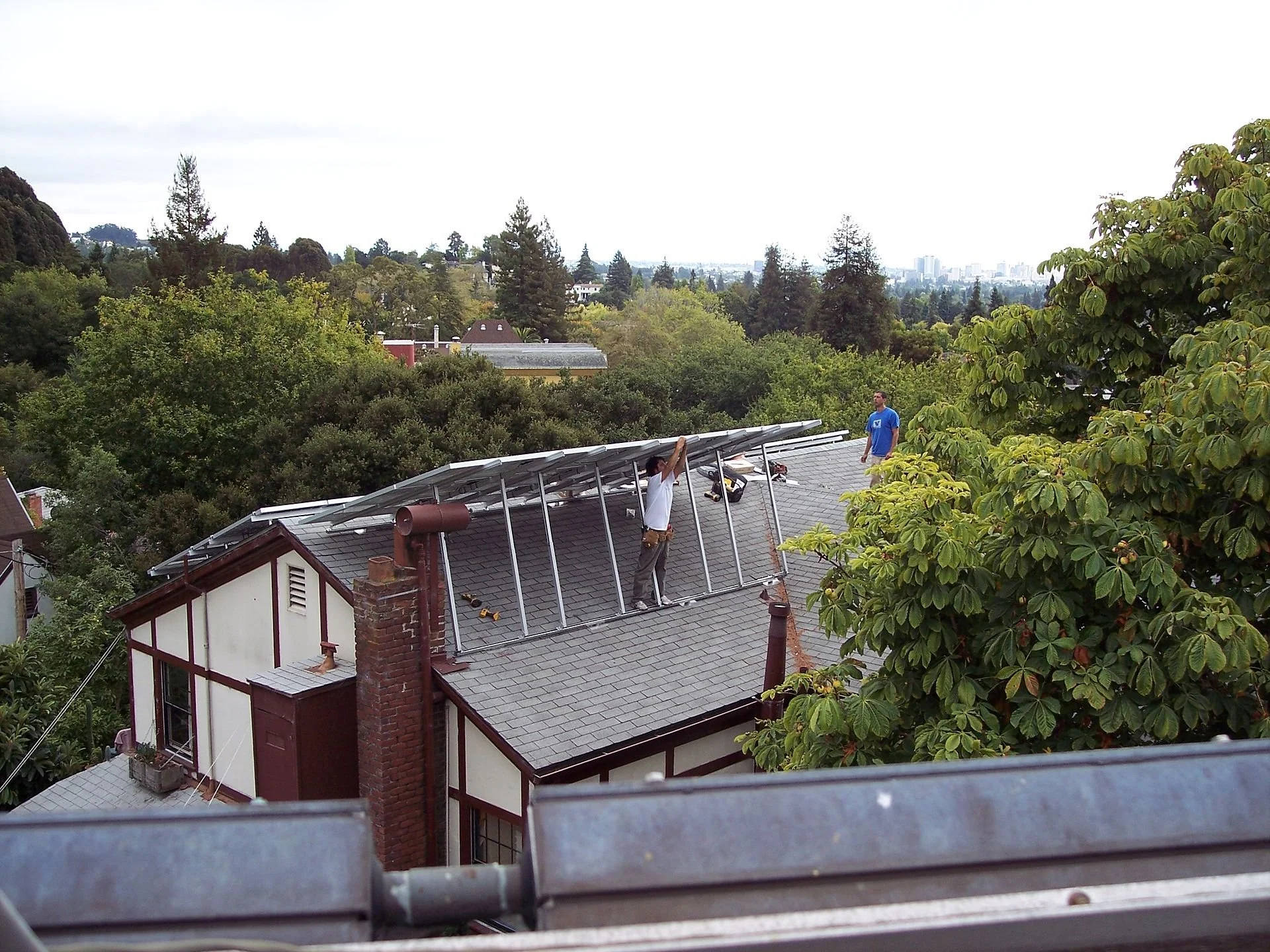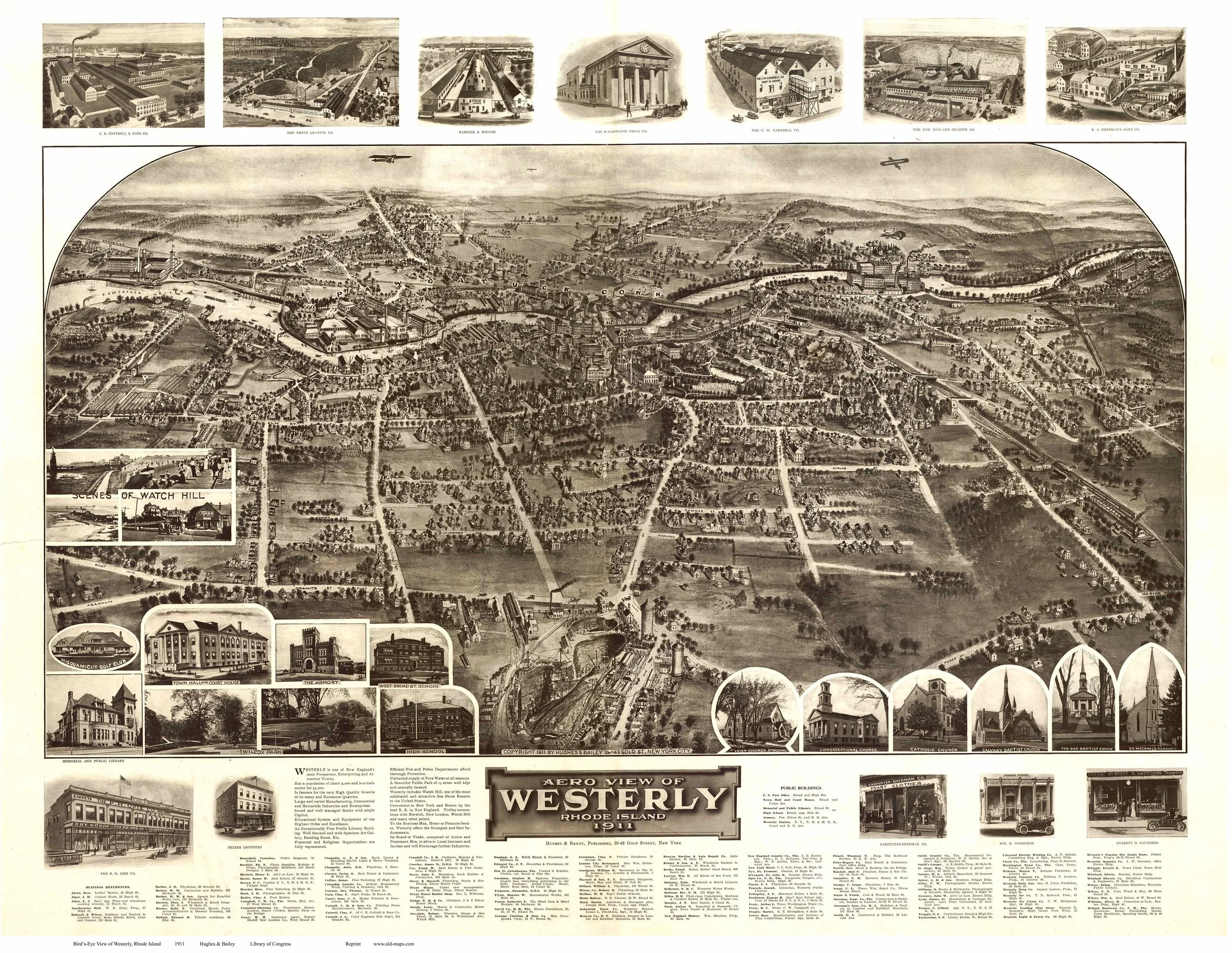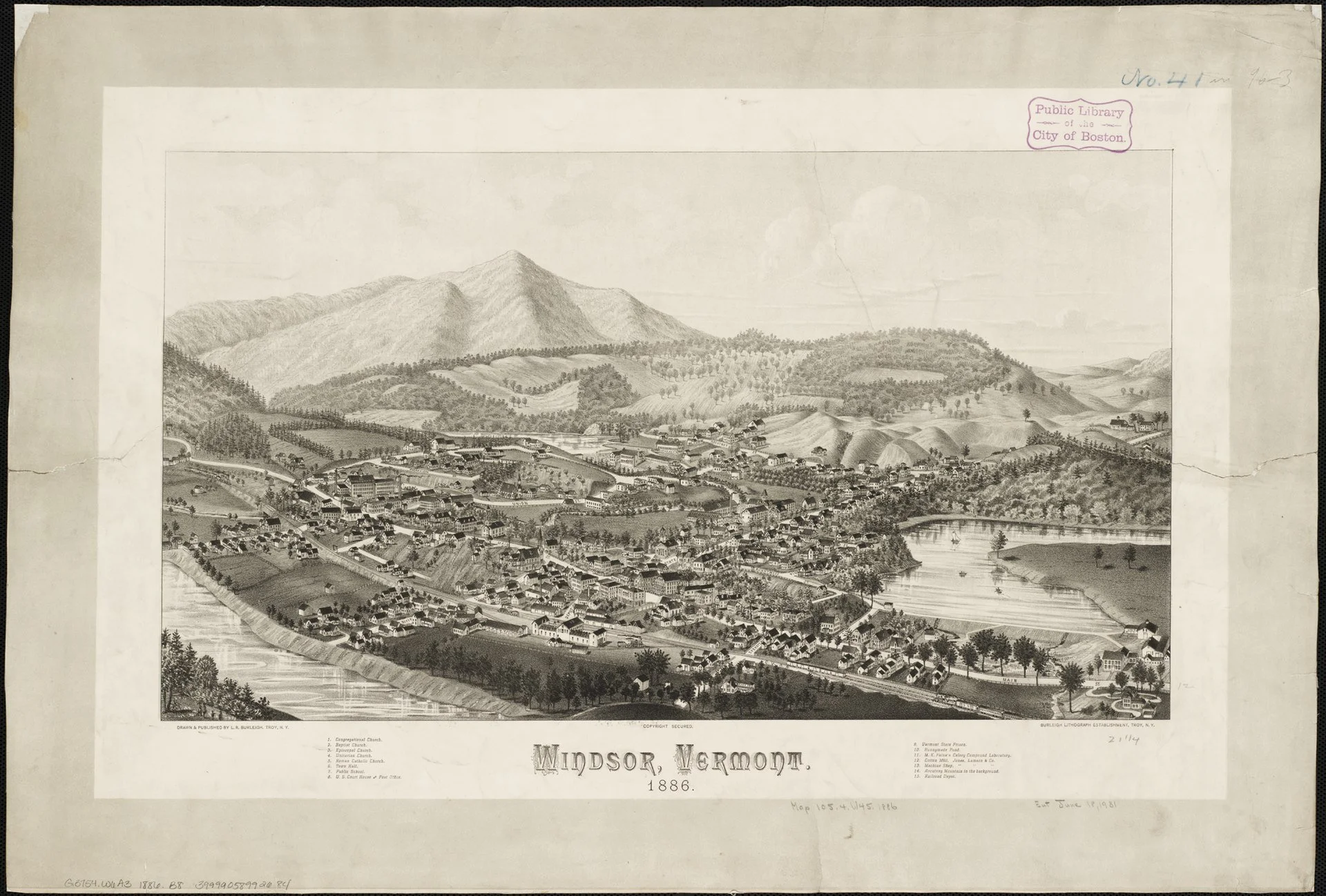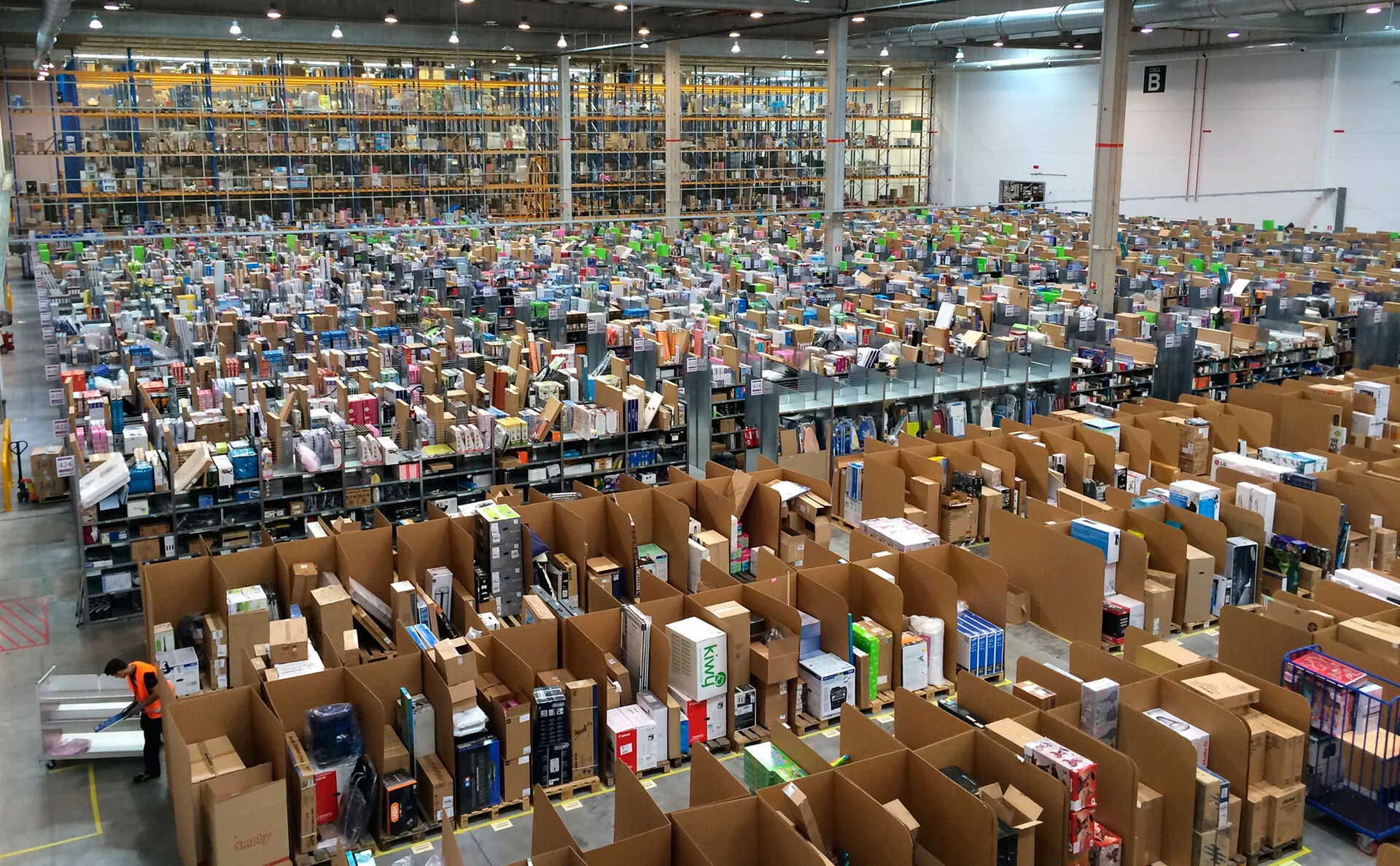
Solar arrays and trees
On roofs when possible.
Adapted from Robert Whitcomb’s “Digital Diary,’’ in GoLocal24.com
Inevitably, some residents of New England suburban or exurban areas are duking it out with solar-energy developers. The residents complain that too much open land and woods are being taken for the solar arrays near them. Two recent hot spots for these fights are Johnston, R.I., and cranberry-bog country in Wareham and Carver, Mass.
Well, the world is heating up and the more renewables we use the worse it is for such murderous petrostate dictators as Vladimir Putin. And bear in mind that much land being eyed for solar arrays might instead be turned into housing projects if the solar is blocked. Most locals would probably hate that even more than “solar farms,’’ in part because local property taxes would have to go up to pay for public services.
The saddest thing in this is cutting down woods to make way for the arrays. Of course, trees are huge absorbers of the carbon dioxide spewed out by our burning fossil fuel. But putting up solar arrays more than makes up for the loss of the equivalent space in woodland in terms of CO2 control, at least given current and projected technology and (wasteful!) electricity use. (The Ukraine war and the energy crisis it has caused is speeding renewable-energy research and development.)
John Reilly, co-director of MIT's program on the science and policy of global change, estimated for WGBH how much power would be generated if about 2.5 acres were clear cut to put up solar panels. WGBH reported: “He figured out you’d make up for all the carbon stored in those trees in just 46 days, if you were preventing that same amount of energy from being generated by carbon-emitting coal, or 23 days, if you were offsetting natural gas.’’
He said: “’There is a carbon loss from the trees, but it's made up fairly quickly. You're going to operate that solar panel for 20 years."’
Of course, the flora and fauna in woods should be protected as much as possible amidst the urgent need for us to burn much less natural gas and oil. Still, there’s a little bit of irony here. Much of the woodland that neighbors are trying to protect was open farmland in the early and mid 19th Century, before competition from Midwest farms and the rise of manufacturing in New England drew most people off the farms and the woods grew back. Take a look at some old pictures.
In any case, solar developers should make sure that there’s vegetation (to give off oxygen and provide a bit of ecosystem for birds and animals) under the arrays and not just barren dirt. And hire goats to keep it from getting too high?
There will be painful, or at least inconvenient tradeoffs as we wean ourselves off the still necessary poison that is fossil fuel.
We certainly could do much more to minimize the aesthetic pain of some neighbors by putting solar panels on many more buildings large and small instead of on land. Use, for example, those vacant parking lots at dead malls and elsewhere for solar arrays, while waiting for new clean-energy sources, be it hydrogen, fusion or something else to come on line. There’s probably a recession coming soon, slowing building construction and cooling property-price inflation. Take advantage of that to take more vacant urban and suburban land for solar?
Hit this link for the WGBH trees vs. solar story.
More trees now.
Note the open land.
‘The company way’
Amazon fulfillment center in San Fernando de Henares, Spain
— Photo by Álvaro Ibáñez
From Robert Whitcomb’s “Digital Diary,’’ in GoLocal24.com
Amazon wants to build a gigantic, nearly 4-million-square-foot distribution center on 195 acres off Route 6 in Johnston, whose leaders seem to love the idea, even with the 20-year property-tax break involved. After all, there would purportedly be 1,500 full-time jobs (at least until more Amazonian automation eliminates some of them), and the enterprise is offering some specific goodies to Johnston and the state as sweeteners, though they’re minuscule considering the profit that the company would make from this huge operation in densely populated and generally prosperous southern New England.
This project would mean hundreds of tractor-trailer trips in and out of this behemoth every day, and so the area’s traffic and the environment (lots of fragrant truck exhaust!) would, to say the least, be affected big time, and probably so would be the region’s small retailers, who would find it even harder to compete with the Amazon octopus as it gets more stuff to local customers even faster.
But, hey, all those jobs! And the facility would be good news for southeastern New England’s many fine orthopedic surgeons and physical therapists since Amazon is well known for its high rates of worker injuries suffered as a result of its grueling work demands enforced via Orwellian surveillance.
Here’s an interesting Amazon controversy that folks around here might want to read.
“A: I play it the company way
Where the company puts me, there I'll stay.
B: But what is your point of view?
A: I have no point of view!
Supposing the company thinks... I think so too!’’
-- From “The Company Way,’’ in How to Succeed in Business Without Really Trying, by Frank Loesser (1910-1969), Broadway lyricist and composer.
It's all about pumping up fear
Providence Mayor ‘‘Buddy” Cianci in his City Hall office
From Robert Whitcomb’s “Digital Diary,’’ in GoLocal24.com
The Sept. 22 Boston Globe ran a good interview by Dan McGowan with Jon Shields and Stephanie Muravchik, authors of Trump’s Democrats, which is about how some (many now former?) members of that party became fans of the most corrupt and depraved president in American history, and a traitor to boot. These wishful thinkers ignored Trump’s decades of personal and public depravity and gave him enough Electoral College votes to now threaten what’s left of American democracy. Consider that he’s threatening to try to stay in office even if he loses the election!
The authors talked to people in Johnston, R.I., Ottumwa, Iowa, and Elliott County, Ky.
Central is their admiration for tough guys who will put down the people whom the Trumpians resent, envy and even hate, and in so doing make the Fox-fueled leader’s fans feel stronger. As the authors note, that admiration of what a lot of people would call bullies is one reason for the support in some quarters of the flamboyant and criminal late Providence Mayor Vincent (“Buddy”) Cianci (whom I knew quite well; he could be very entertaining.). No wonder that Trump’s and his minions’ frequent threats to use violence against street protesters and others who oppose The Leader sells well to this crowd, which also tends to love guns, as a security blanket. (Forget the phrase in the Second Amendment about a “well-regulated militia’’.)
The authors say:
“Cianci, Johnstonians, and many working-class communities throughout the United States have been shaped by an ‘honor culture.’ Citizens in this culture prize a social reputation for toughness, which they see as necessary to defend one’s honor and interests. Critics of honor culture … see it as a culture that cultivates bullies.’’
“Like Johnstonians generally, Trump embraces the values of a sick honor culture. His philosophy of leadership is to never show weakness, to never let any slight slide. As Trump once put it: ‘Real power is fear. It’s all about strength. Never show weakness. You’ve always got to be strong. Don’t be bullied. There is no choice.’’’
Whether Trump’s supporters’ “interests,’’ at least their socio-economic ones, are actually defended by a gangster like Trump, without an iota of what most people would define as “honor,’’ is highly debatable.
xxx
Reminder: The most damning information about Trump comes from the people who worked with him.




